



-(1)-202408140552.gif)

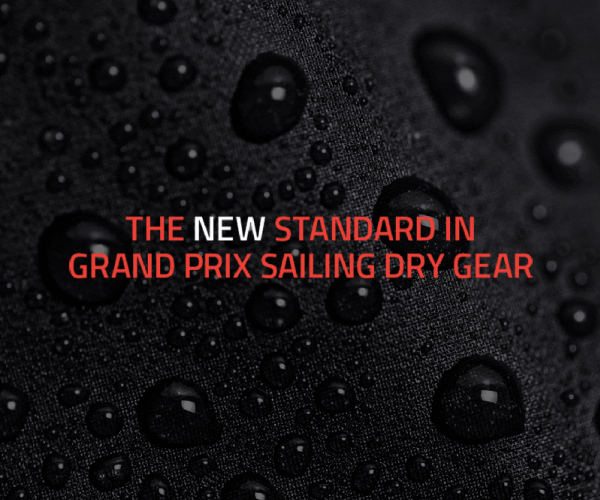


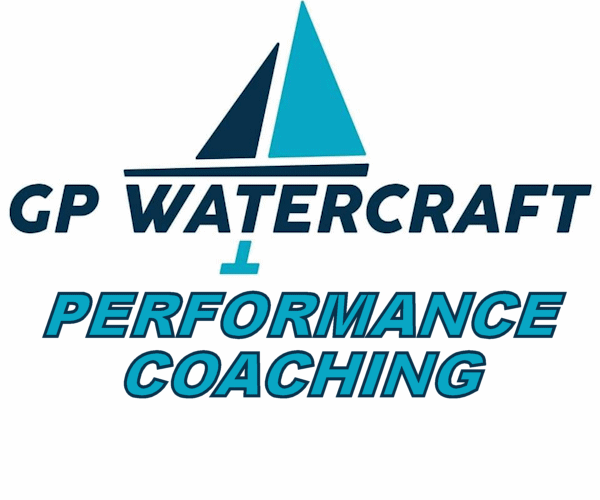


Boats for sale
| Rossiter Pintail Mortagne sur Gironde, near Bordeaux |
 |
| Bruce Roberts classic 45 Valencia, Spain |
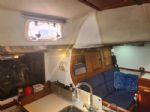 |
| Free mast for Merlin Rocket - has a bend! Guildford |
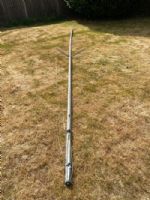 |
List classes of boat for sale |
Sailing in tide..quiz. |
Post Reply 
|
Page <1 56789 11> |
| Author | ||
Sam.Spoons 
Really should get out more 
Joined: 07 Mar 12 Location: Manchester UK Online Status: Offline Posts: 3401 |
 Post Options Post Options
 Quote Quote  Reply Reply
 Topic: Sailing in tide..quiz. Topic: Sailing in tide..quiz.Posted: 03 Oct 17 at 9:55pm |
|
|
Sorry Doug, I was trying to answer mozzy's 'supplementary question'
 Not sure I have the answer right but based on 'conveyer belt' theory? Not sure I have the answer right but based on 'conveyer belt' theory?Edited by Sam.Spoons - 03 Oct 17 at 9:56pm |
||
|
Spice 346 "Flat Broke"
Blaze 671 "supersonic soap dish" |
||
 |
||
Sam.Spoons 
Really should get out more 
Joined: 07 Mar 12 Location: Manchester UK Online Status: Offline Posts: 3401 |
 Post Options Post Options
 Quote Quote  Reply Reply
 Posted: 03 Oct 17 at 10:04pm Posted: 03 Oct 17 at 10:04pm |
|
I remember Raceboards Open Meetings at Morecambe many years ago, I got there early one year and helped set the course marks with the aid of a wheelbarrow (and, incidentally, collect them the same way after the event)
 happy days...... happy days...... |
||
|
Spice 346 "Flat Broke"
Blaze 671 "supersonic soap dish" |
||
 |
||
iGRF 
Really should get out more 
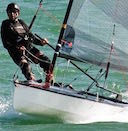
Joined: 07 Mar 11 Location: Hythe Online Status: Offline Posts: 6499 |
 Post Options Post Options
 Quote Quote  Reply Reply
 Posted: 03 Oct 17 at 10:04pm Posted: 03 Oct 17 at 10:04pm |
|
Agreed, but then B could still short tack, onto the starboard layline and force A behind and round first Edited by iGRF - 03 Oct 17 at 10:05pm |
||
 |
||
Guests 
Guest Group 
|
 Post Options Post Options
 Quote Quote  Reply Reply
 Posted: 03 Oct 17 at 10:14pm Posted: 03 Oct 17 at 10:14pm |
|
This conveyor belt theory. Why is it assumed all boats drift downtide at the speed of the current? Isn't that like assuming all boats can run downwind at windspeed?
|
||
 |
||
Guests 
Guest Group 
|
 Post Options Post Options
 Quote Quote  Reply Reply
 Posted: 03 Oct 17 at 10:22pm Posted: 03 Oct 17 at 10:22pm |
|
All boats do drift down tide at the speed of the current. Unless you're sailing them through the water. In which case they will move in a direction over land which is the sum of those two vectors (the tide and the sailing). Trust me, when the wind drops to nothing, and the tide is flushing out the harbour, all the boats, 49er to oppie, all drift out the harbour with equal hopelessness!
Edited by mozzy - 03 Oct 17 at 10:24pm |
||
 |
||
Sam.Spoons 
Really should get out more 
Joined: 07 Mar 12 Location: Manchester UK Online Status: Offline Posts: 3401 |
 Post Options Post Options
 Quote Quote  Reply Reply
 Posted: 03 Oct 17 at 10:38pm Posted: 03 Oct 17 at 10:38pm |
|
|
In a flat calm that must the case (well actually won't they drift slightly slower than the tide due to air resistance)? TBF that might slow them by a fraction of a knot........ "Pedant's rule OK?"
|
||
|
Spice 346 "Flat Broke"
Blaze 671 "supersonic soap dish" |
||
 |
||
Guests 
Guest Group 
|
 Post Options Post Options
 Quote Quote  Reply Reply
 Posted: 03 Oct 17 at 10:51pm Posted: 03 Oct 17 at 10:51pm |
|
|
As a pondie I'm clueless but intrigued.
Boats aren't rigidly attached to the water, the water flows past and hydrodynamic forces are imparted. I can't see why they should be the same regardless of the type of boat, in which case I can't see why they drift off at the same (current) speed. Therefore, if not all boats slip at 1.5kts in the example above, the winning tactics might not always be the same?
|
||
 |
||
423zero 
Really should get out more 
Joined: 08 Jan 15 Location: United Kingdom Online Status: Offline Posts: 3420 |
 Post Options Post Options
 Quote Quote  Reply Reply
 Posted: 04 Oct 17 at 7:25am Posted: 04 Oct 17 at 7:25am |
|
|
They don't, amount of boat in water, plus wind resistance, handicap fleet, different boats react differently.
|
||
 |
||
sargesail 
Really should get out more 
Joined: 14 Jan 06 Location: United Kingdom Online Status: Offline Posts: 1459 |
 Post Options Post Options
 Quote Quote  Reply Reply
 Posted: 04 Oct 17 at 7:41am Posted: 04 Oct 17 at 7:41am |
|
|
But the wind resistance is just the gaseous fluid motion bit of the vector. In a flat calm the rate of drift is the same. Seen it in the Cherbourg Race couple of years ago. Heaps of different boats drifting together. Possibly you could have assessed that the much heavier ones had momentum and took longer to start drifting the other way when the tide turned. Or that might have been the beer we were drinking for breakfast.....
|
||
 |
||
Sam.Spoons 
Really should get out more 
Joined: 07 Mar 12 Location: Manchester UK Online Status: Offline Posts: 3401 |
 Post Options Post Options
 Quote Quote  Reply Reply
 Posted: 04 Oct 17 at 8:49am Posted: 04 Oct 17 at 8:49am |
|
|
Surely, in a flat calm, as soon as the boat starts to drift with the current an apparent wind equal to the speed of the current will be generated? E.g. in a 3 knot tide with no actual wind (as measured by an anchored boat) any boat drifting with the current will feel a 3 knot breeze?
|
||
|
Spice 346 "Flat Broke"
Blaze 671 "supersonic soap dish" |
||
 |
||
Post Reply 
|
Page <1 56789 11> |
| Forum Jump | Forum Permissions  You cannot post new topics in this forum You cannot reply to topics in this forum You cannot delete your posts in this forum You cannot edit your posts in this forum You cannot create polls in this forum You cannot vote in polls in this forum |
Bulletin Board Software by Web Wiz Forums® version 9.665y
Copyright ©2001-2010 Web Wiz
Change your personal settings, or read our privacy policy
Copyright ©2001-2010 Web Wiz
Change your personal settings, or read our privacy policy











 Printable Version
Printable Version Delicious
Delicious Digg
Digg Facebook
Facebook Furl
Furl Google
Google MySpace
MySpace Newsvine
Newsvine reddit
reddit StumbleUpon
StumbleUpon Twitter
Twitter Windows Live
Windows Live Yahoo Bookmarks
Yahoo Bookmarks Topic Options
Topic Options